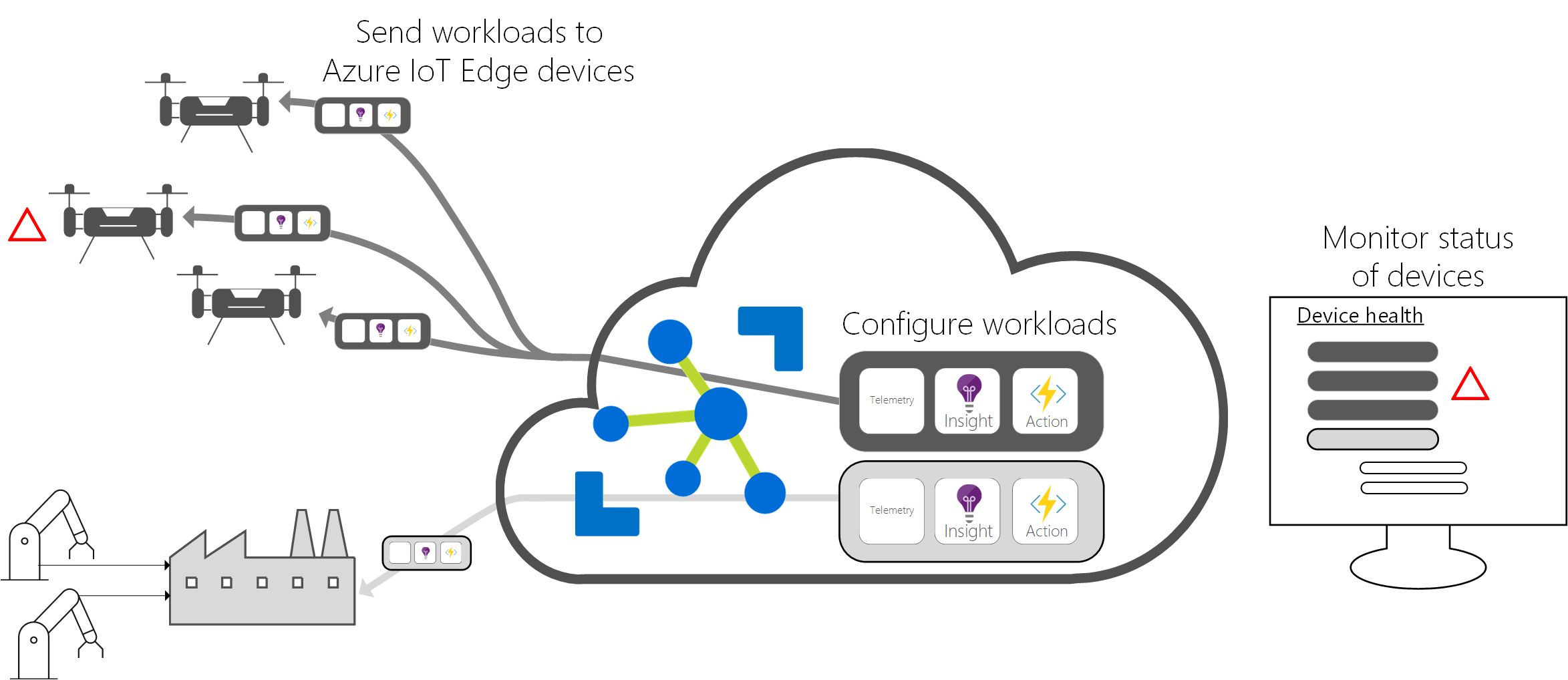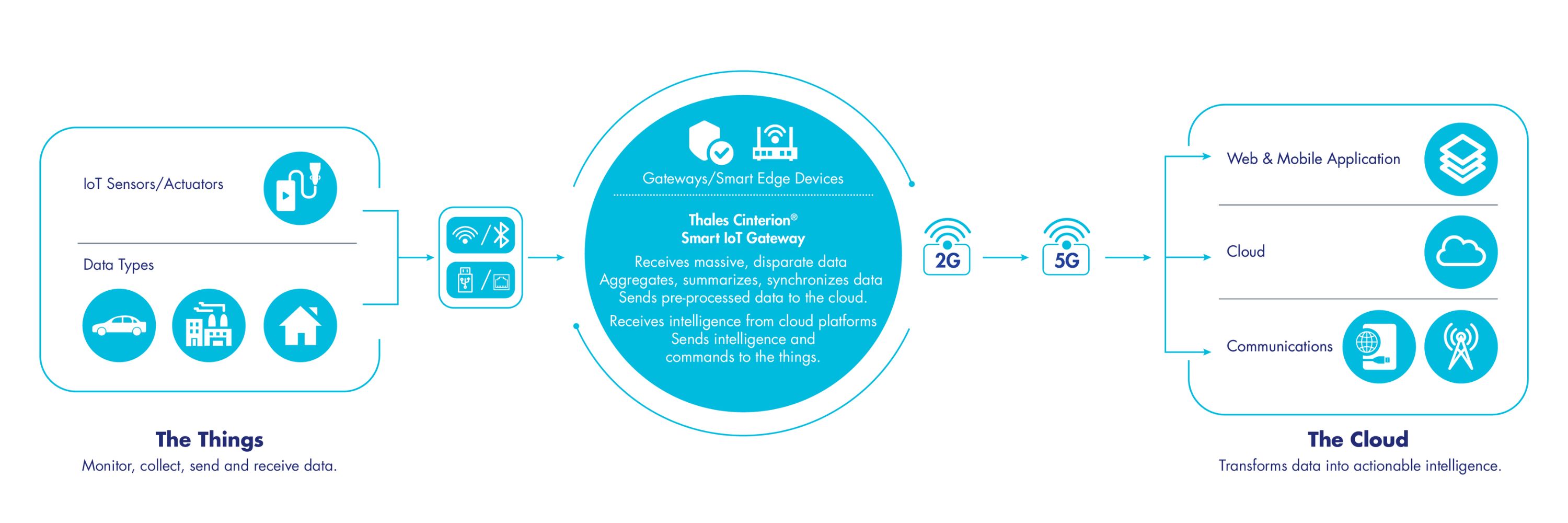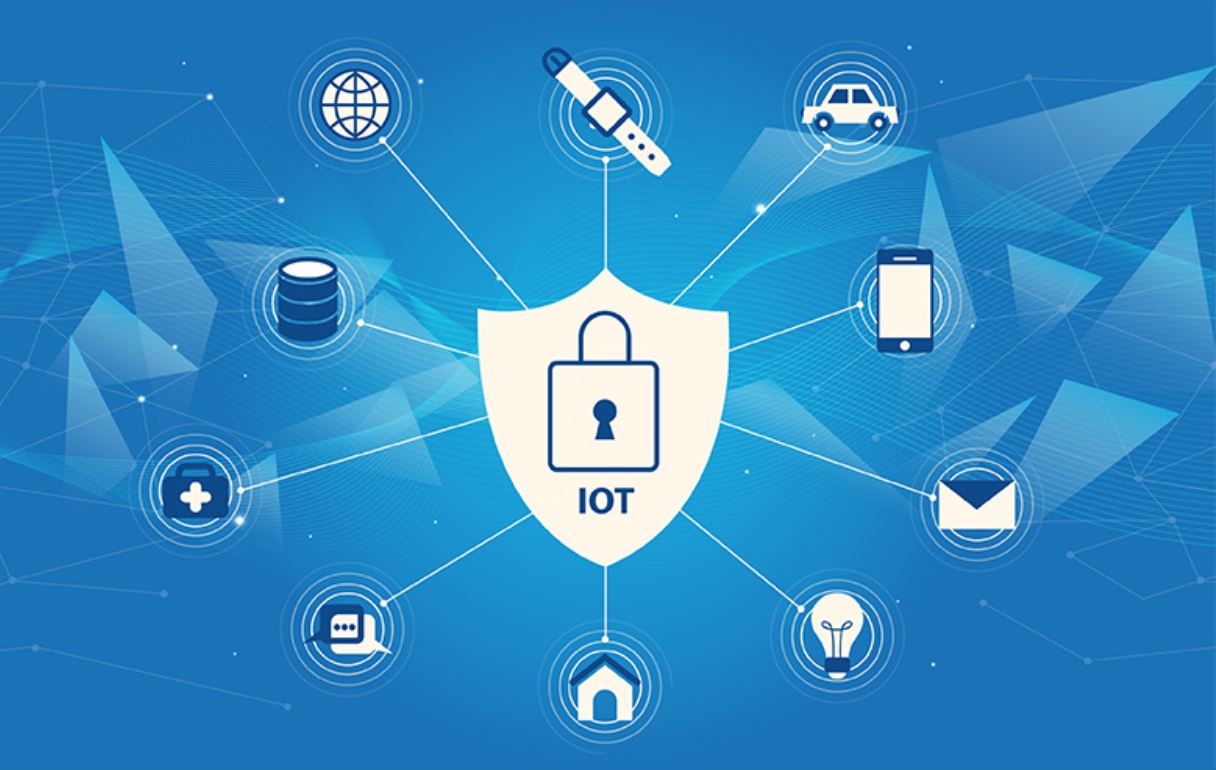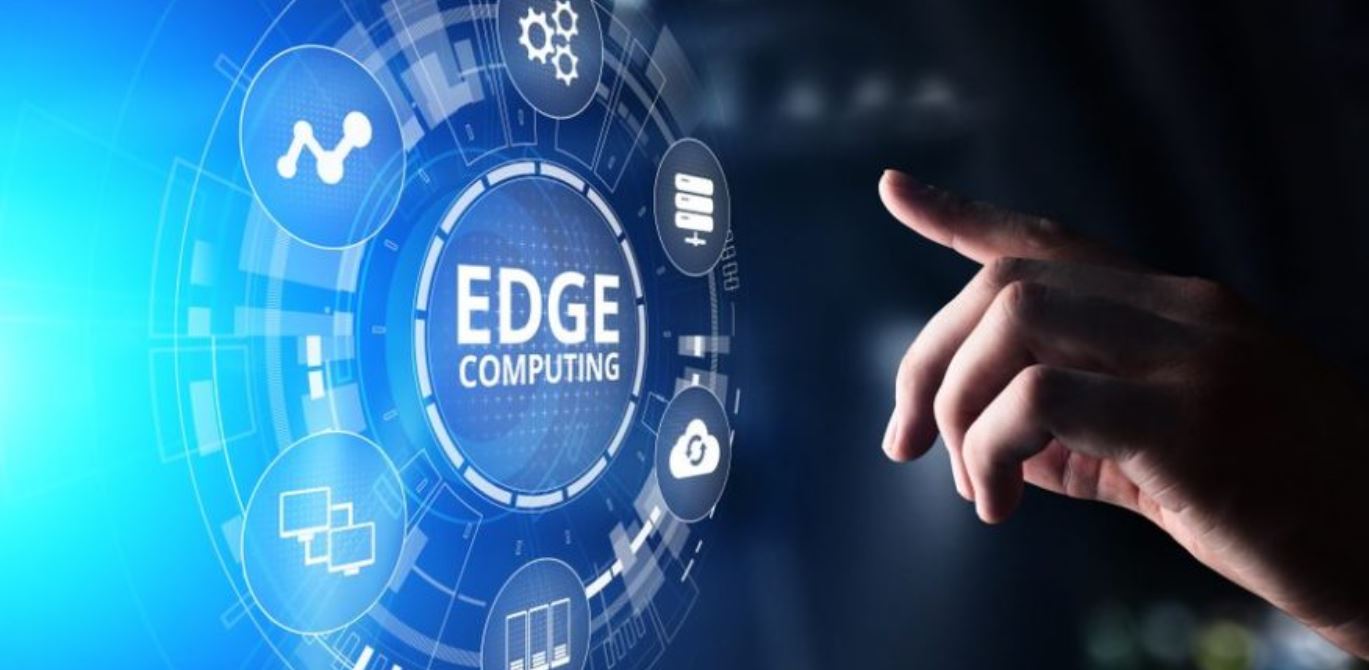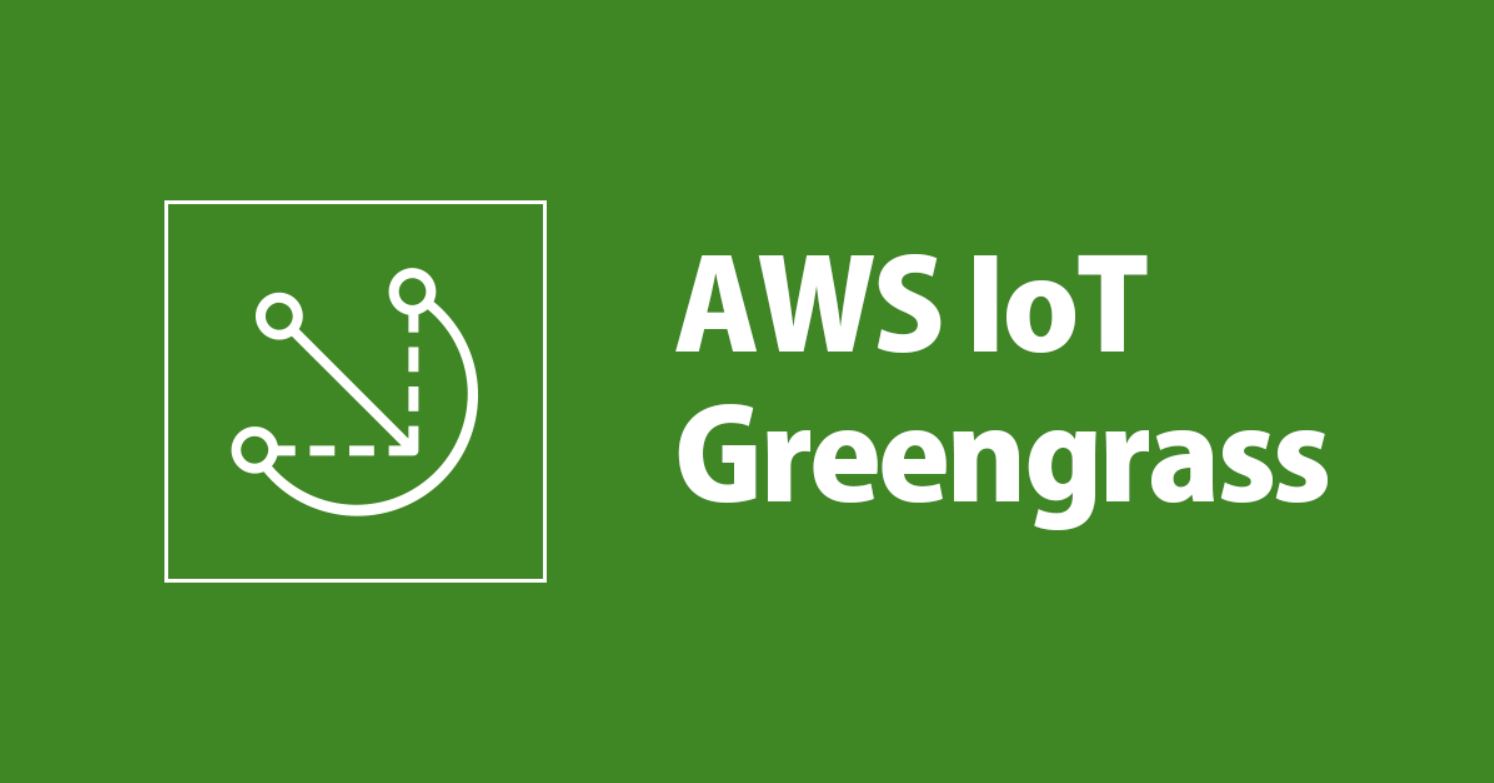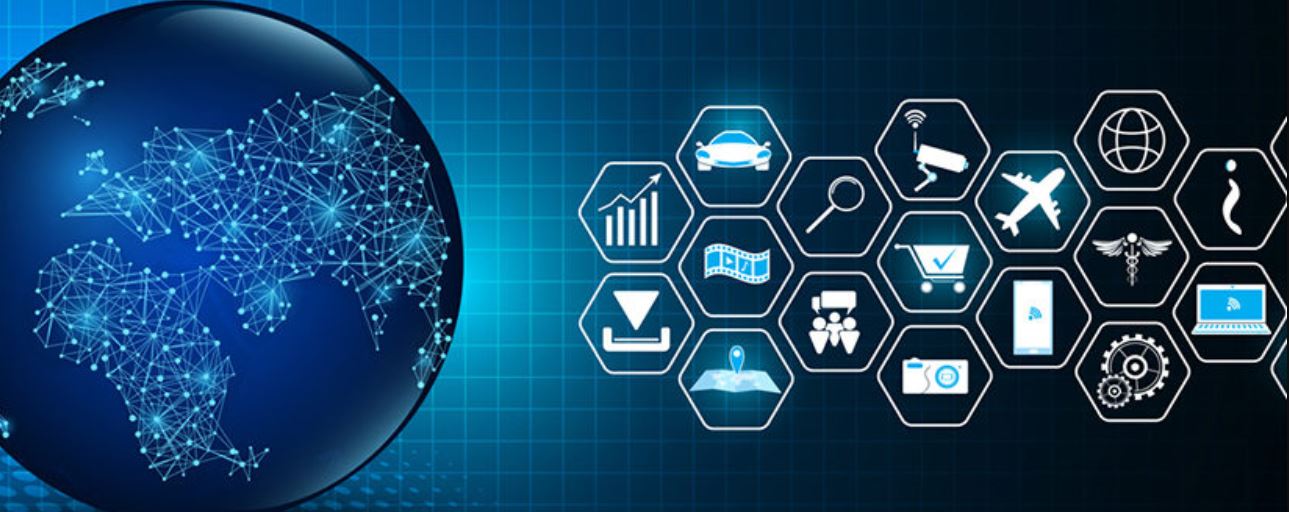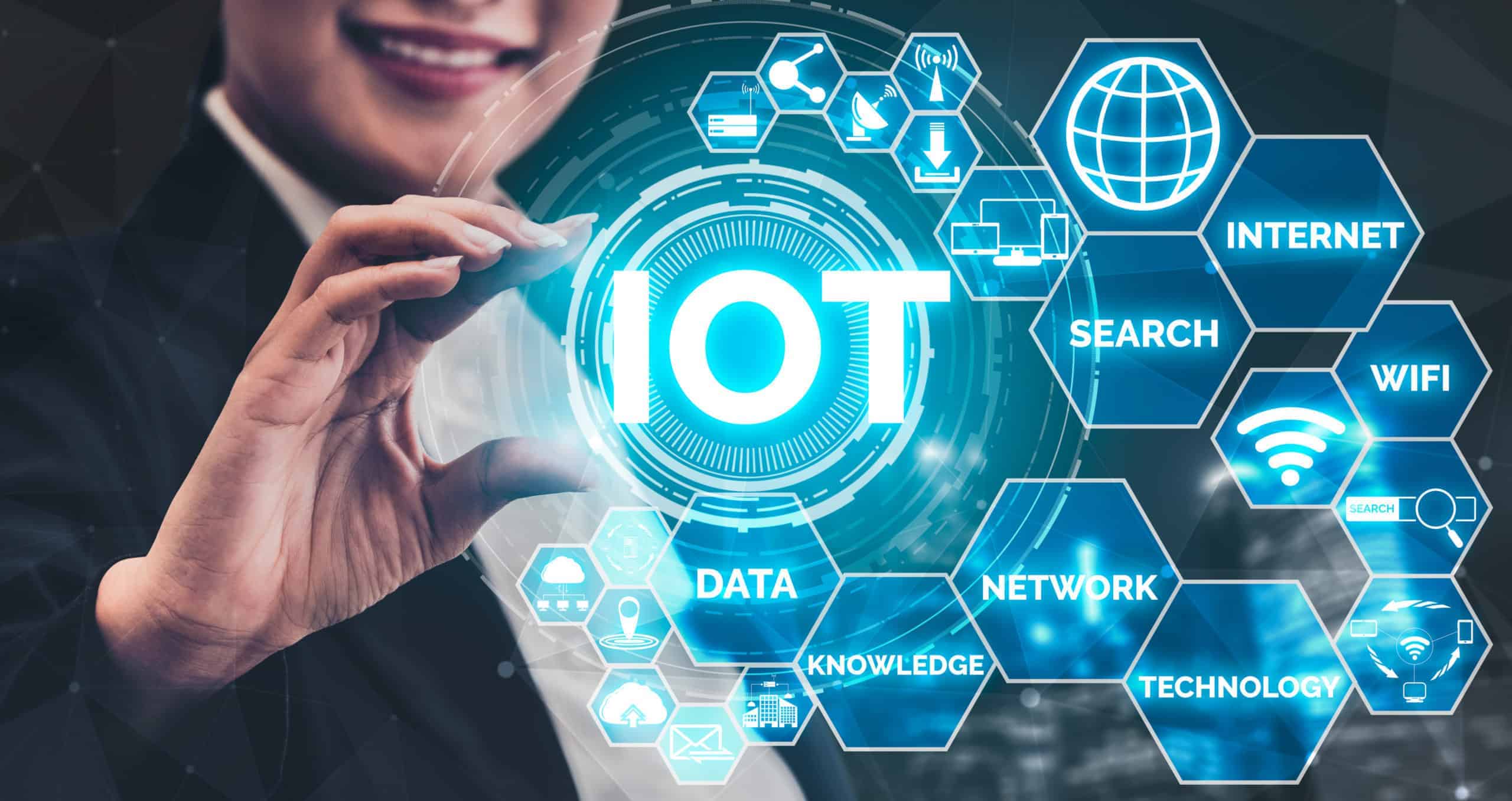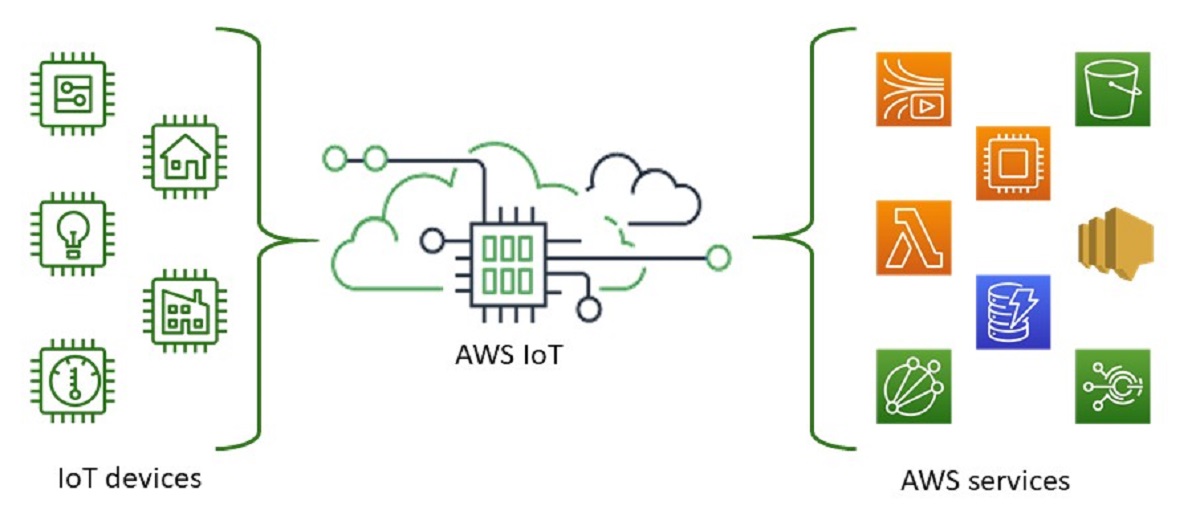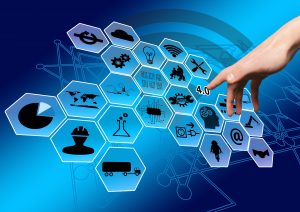Introduction
The Internet of Things (IoT) has revolutionized the way we interact with technology, connecting devices and systems like never before. One of the key components of the IoT ecosystem is the IoT edge device. These devices play a crucial role in bridging the gap between the physical world and the digital realm, enabling real-time data processing, analysis, and decision-making at the edge of the network.
An IoT edge device, also known as an edge gateway or edge computing device, is a small, intelligent device that sits at the edge of a network. Unlike traditional IoT devices that rely on cloud-based computing and data processing, edge devices have the capability to perform computational tasks locally, closer to the data source.
The rise of IoT edge computing has been driven by the need for faster and more efficient data processing, reduced network latency, improved security, and real-time analytics. By bringing compute power closer to the data source, edge devices minimize the need for data transfer to the cloud, reducing bandwidth requirements and enabling faster response times.
Furthermore, IoT edge devices offer increased autonomy and resilience to network interruptions. In scenarios where internet connectivity is limited or unreliable, edge devices can continue to operate and process data locally, ensuring uninterrupted functionality.
The potential applications of IoT edge devices are vast and cover a wide range of industries. From manufacturing and logistics to healthcare and smart cities, edge computing plays a pivotal role in supporting real-time decision-making, predictive maintenance, remote monitoring, and more.
As the IoT landscape continues to evolve, edge devices are becoming increasingly sophisticated and powerful. They can be equipped with sensors, actuators, cameras, and other peripherals to capture and process data in real-time. Additionally, edge devices can integrate with machine learning algorithms and AI models, enabling advanced analytics and predictive capabilities at the edge.
In the following sections, we will explore the key features and benefits of IoT edge devices, examine specific examples, and delve into the challenges and considerations associated with their implementation.
What Is an IoT Edge Device?
An IoT edge device is a specialized device that resides at the edge of a network and serves as a bridge between the physical and digital worlds in the Internet of Things (IoT) ecosystem. These devices act as gateways, facilitating communication, data processing, and analysis at the edge rather than relying solely on cloud-based services.
Unlike traditional IoT devices that send data to the cloud for processing and storage, edge devices are equipped with the capability to perform computations locally. This enables them to process data in real-time, closer to the data source, reducing latency and enabling faster response times.
IoT edge devices can take various forms, including small embedded systems, single-board computers, industrial gateways, or even powerful edge servers. They are typically equipped with sensors, actuators, connectivity options such as Wi-Fi or cellular, and sufficient processing power to handle data analytics tasks.
The primary function of an IoT edge device is to collect data from various sources, such as sensors, cameras, or user inputs, and process it locally. This allows for real-time monitoring, analysis, and decision-making at the edge of the network. Edge devices can perform data filtering, aggregation, and even run machine learning algorithms or artificial intelligence models to derive insights and make autonomous decisions.
By processing data at the edge, IoT devices can reduce dependence on cloud connectivity and improve operational efficiency. It enables organizations to save bandwidth and reduce costs associated with transmitting large volumes of data to the cloud for processing and storage.
Furthermore, employing edge devices enhances data security and privacy. As data stays within the local network, it reduces the risk of sensitive information being exposed to external threats or breaches. Edge devices can also implement data encryption and access control policies to ensure the integrity and confidentiality of data.
In summary, IoT edge devices play a crucial role in the IoT ecosystem by bringing computation and decision-making closer to the data source. They enable real-time processing, reduce latency, improve operational efficiency, enhance security, and empower organizations to extract actionable insights at the edge of the network.
Key Features and Benefits of IoT Edge Devices
IoT edge devices offer a multitude of features and benefits that make them essential components in the Internet of Things (IoT) ecosystem. These devices bring intelligence and computational power to the edge of the network, enabling real-time data processing, enhanced security, improved operational efficiency, and more. Let’s take a closer look at some of the key features and benefits of IoT edge devices.
1. Real-time Data Processing: IoT edge devices have the capability to process data locally, enabling real-time analytics and decision-making. By minimizing reliance on cloud services, edge devices reduce latency and enable faster response times, essential in time-sensitive applications such as industrial automation or critical infrastructure monitoring.
2. Reduced Bandwidth and Costs: Edge devices alleviate the burden on network bandwidth by performing data processing and analysis locally. They can filter and aggregate data before transmitting it to the cloud, resulting in reduced data transfer costs and improved operational efficiency.
3. Improved Security: Edge devices contribute to enhanced security and privacy by keeping data within the local network. Since data processing occurs at the edge, it reduces the risk of sensitive information being exposed to external threats or breaches. Edge devices can implement security measures such as encryption and access control to ensure data integrity and confidentiality.
4. Autonomous Decision-making: With the ability to run machine learning algorithms and artificial intelligence models, edge devices can make autonomous decisions based on real-time data. This empowers organizations to automate processes, optimize resource utilization, and respond to dynamic situations without relying on cloud connectivity.
5. Offline Functionality: IoT edge devices offer increased autonomy and resilience to network interruptions. In scenarios with limited or unreliable internet connectivity, edge devices can continue to operate and process data locally, ensuring uninterrupted functionality. This is particularly beneficial in remote locations or mission-critical applications where connectivity cannot be guaranteed.
6. Scalability: Edge computing allows for distributed architecture, where multiple edge devices can be deployed across various locations. This enables organizations to scale their IoT infrastructure efficiently, handle increasing data volumes, and cater to diverse application requirements.
7. Customization and Flexibility: Edge devices can be customized and tailored to specific use cases, allowing organizations to meet unique requirements. They can integrate with a wide range of sensors, protocols, and communication technologies to collect data from various sources and adapt to different environments.
These key features and benefits highlight the importance of IoT edge devices in enabling real-time decision-making, reducing latency, improving security, and enhancing operational efficiency within the IoT ecosystem. As the IoT landscape continues to evolve, edge devices will play a crucial role in shaping the future of connected technology.
Examples of IoT Edge Devices
IoT edge devices come in various forms, tailored to specific applications and industries. These devices integrate sensors, processing capabilities, and connectivity options to collect and analyze data at the edge of the network. Here are some examples of IoT edge devices:
1. Industrial Gateways: Industrial gateways are ruggedized edge devices designed for industrial environments such as manufacturing plants or oil refineries. They can connect to a wide range of industrial protocols and sensors, collecting real-time data on machine performance, temperature, humidity, and more. Industrial gateways process this data locally to enable real-time monitoring, predictive maintenance, and optimization of industrial processes.
2. Smart Home Hubs: Smart home hubs are IoT edge devices that act as central control units for smart homes. They connect various devices, such as smart lights, thermostats, door locks, and security cameras, enabling users to manage and control their smart home ecosystem. These edge devices process commands and data locally, providing quick response times and enhancing privacy by keeping sensitive information within the local network.
3. Edge Servers: Edge servers are powerful computing devices used in edge computing architectures. They have higher processing capabilities and storage capacity compared to other edge devices. Edge servers are deployed closer to the edge of the network and handle complex data analytics tasks, running advanced machine learning algorithms, and supporting real-time decision-making in applications like autonomous vehicles or smart cities.
4. Wearables: Wearable devices like smartwatches or fitness trackers often act as IoT edge devices. They capture sensor data such as heart rate, steps taken, or sleep patterns and process this data locally or transmit it to a nearby device for analysis. Wearables can offer real-time health monitoring, activity tracking, and customized user experiences, all done at the edge to minimize latency and improve user convenience.
5. Video Surveillance Cameras: Many modern video surveillance cameras are equipped with edge computing capabilities. These cameras can analyze video data locally, detecting motion, identifying objects or people, and sending alerts or triggering events based on predefined rules. Edge-based video analytics in surveillance systems help reduce the workload on the central server and enable quicker response times in critical security or surveillance scenarios.
6. Autonomous Devices: Edge devices are essential in the operation of autonomous devices, such as drones or self-driving vehicles. These devices process sensor data in real-time to make decisions on navigation, obstacle avoidance, or situational awareness. By performing computations at the edge, autonomous devices can respond quickly to changing environments, ensuring safe and efficient operations.
7. Environmental Monitoring Sensors: Environmental monitoring sensors, such as air quality sensors or weather sensors, often incorporate edge computing capabilities. These edge devices measure and process data on parameters like pollutant levels, temperature, humidity, or atmospheric pressure. Edge-based analytics enable real-time environmental monitoring, ensuring early detection of anomalies or providing localized weather forecasts.
These examples illustrate the diverse range of IoT edge devices and their applications across various industries. As IoT continues to grow and evolve, we can expect to see an increase in the number and sophistication of edge devices, supporting real-time data processing, autonomous decision-making, and improving overall efficiency in the IoT ecosystem.
How Do IoT Edge Devices Work?
IoT edge devices play a crucial role in the Internet of Things (IoT) ecosystem by bringing intelligence and computational power to the edge of the network. They enable real-time data processing, autonomous decision-making, and improved operational efficiency. Understanding how these devices work is essential to grasp their significance in the IoT landscape.
At a high level, IoT edge devices function by collecting data from various sources, processing it locally, and interacting with both the connected devices and the cloud. Here is an overview of the working mechanism of IoT edge devices:
Data Collection: Edge devices gather data from a wide range of sources, such as sensors, cameras, or user inputs. These sources may include temperature, humidity, motion, or other environmental parameters, depending on the specific application. The collected data is then stored or transmitted for further analysis.
Local Data Processing: Edge devices have processing capabilities that allow them to perform computations locally, closer to the data source. They can filter, aggregate, and analyze the collected data in real-time, extracting meaningful insights and making autonomous decisions without relying on cloud-based services.
Real-time Analytics: One of the key functions of IoT edge devices is to perform real-time analytics. This involves applying algorithms, such as machine learning models, to the collected data. By doing so, edge devices can derive valuable insights, detect patterns, and make immediate decisions based on the analyzed data.
Communication and Interaction: IoT edge devices often interact with other connected devices, such as sensors, actuators, or even other edge devices. They facilitate seamless communication among these devices, enabling them to share data, coordinate actions, or synchronize operations to achieve a common goal.
Integration with Cloud Services: While IoT edge devices can perform local data processing, there are instances where cloud-based services are required. Edge devices can connect to the cloud to transmit processed data, access additional computing resources, or retrieve updated software or firmware. This integration with the cloud enables a hybrid approach that combines local edge computing with the power and scalability of cloud services.
Data Security and Privacy: Edge devices play a vital role in ensuring data security and privacy. They can implement encryption techniques, access control mechanisms, or anonymization protocols to protect sensitive information. By keeping data within the local network, edge devices reduce the exposure to external threats and minimize the risk of data breaches.
It’s important to note that the working mechanism of IoT edge devices can vary depending on the specific use case, industry, and device capabilities. However, the fundamental concept of data collection, local processing, analytics, communication, and integration with the cloud remains consistent.
Overall, IoT edge devices bring intelligence and computational capabilities to the edge of the network, enabling real-time data analysis, autonomous decision-making, and improved operational efficiency. By processing data locally, these devices minimize latency, reduce bandwidth requirements, enhance security, and empower organizations with real-time insights for efficient decision-making.
Challenges and Considerations in Implementing IoT Edge Devices
While IoT edge devices offer numerous benefits, the implementation of these devices also comes with its own set of challenges and considerations. Organizations must carefully address these factors to ensure a successful deployment and maximize the potential benefits of IoT edge devices. Here are some key challenges and considerations:
1. Interoperability: IoT edge devices often come from different manufacturers and may use different protocols, making interoperability a challenging aspect. It is crucial to ensure that edge devices can seamlessly communicate and integrate with other devices, systems, or platforms to avoid compatibility issues and enable smooth operations.
2. Edge Device Management: Managing a large number of edge devices distributed across various locations can be complex. Organizations must have robust device management systems in place to monitor and control these devices efficiently. This includes features such as device provisioning, software updates, and remote configuration management.
3. Scalability and Network Bandwidth: With the growing number of edge devices, scalability becomes a critical consideration. Organizations need to assess network bandwidth requirements and ensure that the infrastructure can handle the increasing data volume generated by edge devices. Proper network planning and bandwidth management are essential to support seamless operations.
4. Data Governance and Privacy: Edge devices collect and process sensitive data, and organizations must establish strong data governance practices to ensure data privacy and comply with relevant regulations. Proper data encryption, access control, and anonymization techniques should be implemented to protect the privacy and integrity of data collected by edge devices.
5. Security Risks: IoT edge devices can be vulnerable to security threats, putting sensitive data and critical operations at risk. Organizations must implement robust security measures to protect edge devices from cyberattacks, unauthorized access, or tampering. This includes implementing firewalls, intrusion detection systems, and regularly updating firmware and security patches.
6. Power and Energy Efficiency: Edge devices often operate in environments where power supply may be limited or unreliable. It is essential to design edge devices with low power consumption and optimize energy efficiency. This can involve utilizing low-power processors, sleep modes, or energy harvesting techniques to extend battery life and ensure continuous operation.
7. Edge-to-Cloud Integration: While edge devices perform local processing, there are instances where cloud services are required. Ensuring seamless integration between edge devices and the cloud is essential to leverage the benefits of both edge computing and cloud computing. Organizations should consider factors such as data synchronization, data transfer costs, and choosing the appropriate cloud service provider.
By addressing these challenges and considerations, organizations can overcome implementation hurdles and fully leverage the capabilities of IoT edge devices. Through careful planning, robust security measures, and proper management strategies, IoT edge devices can enhance operational efficiency, enable real-time decision-making, and drive innovation in a wide range of industries.
Conclusion
IoT edge devices have revolutionized the way we collect, process, and analyze data in the Internet of Things (IoT) ecosystem. These intelligent devices bring computation and decision-making closer to the data source, enabling real-time insights, reduced latency, improved operational efficiency, enhanced security, and autonomy in remote or limited connectivity scenarios.
Throughout this article, we have explored the fundamental aspects of IoT edge devices, including their definition, key features, benefits, and examples. We have discussed how these devices work by collecting data, processing it locally, and integrating with both connected devices and the cloud. Additionally, we have highlighted the challenges and considerations that organizations should address when implementing IoT edge devices, such as interoperability, device management, scalability, security, and data governance.
It is clear that IoT edge devices have immense potential across various industries and applications. From industrial automation and smart cities to healthcare and consumer applications, these devices enable real-time decision-making, predictive analytics, and efficient resource utilization. They bring intelligence and computation to the edge, minimizing the dependence on cloud-based services and improving overall system performance.
However, it is crucial to approach the implementation of IoT edge devices thoughtfully. Organizations must consider factors such as interoperability, scalability, security, and data privacy to ensure a successful deployment. By doing so, they can unlock the full potential of IoT edge devices and derive maximum benefits.
As the IoT landscape continues to evolve, we can expect to see advancements in edge device technology, enabling more sophisticated analytics, machine learning capabilities, and increased autonomy. Edge devices will continue to play a pivotal role in driving innovation, streamlining operations, and unlocking new possibilities in the IoT ecosystem.
In conclusion, IoT edge devices are transformative elements in the world of connected technology. They bridge the gap between the physical and digital worlds, enabling real-time insights, efficient data processing, and enhanced decision-making capabilities. The future of IoT lies in harnessing the power of edge devices to create smarter, more efficient, and interconnected systems that will revolutionize industries, enhance our daily lives, and shape the future of technology.







